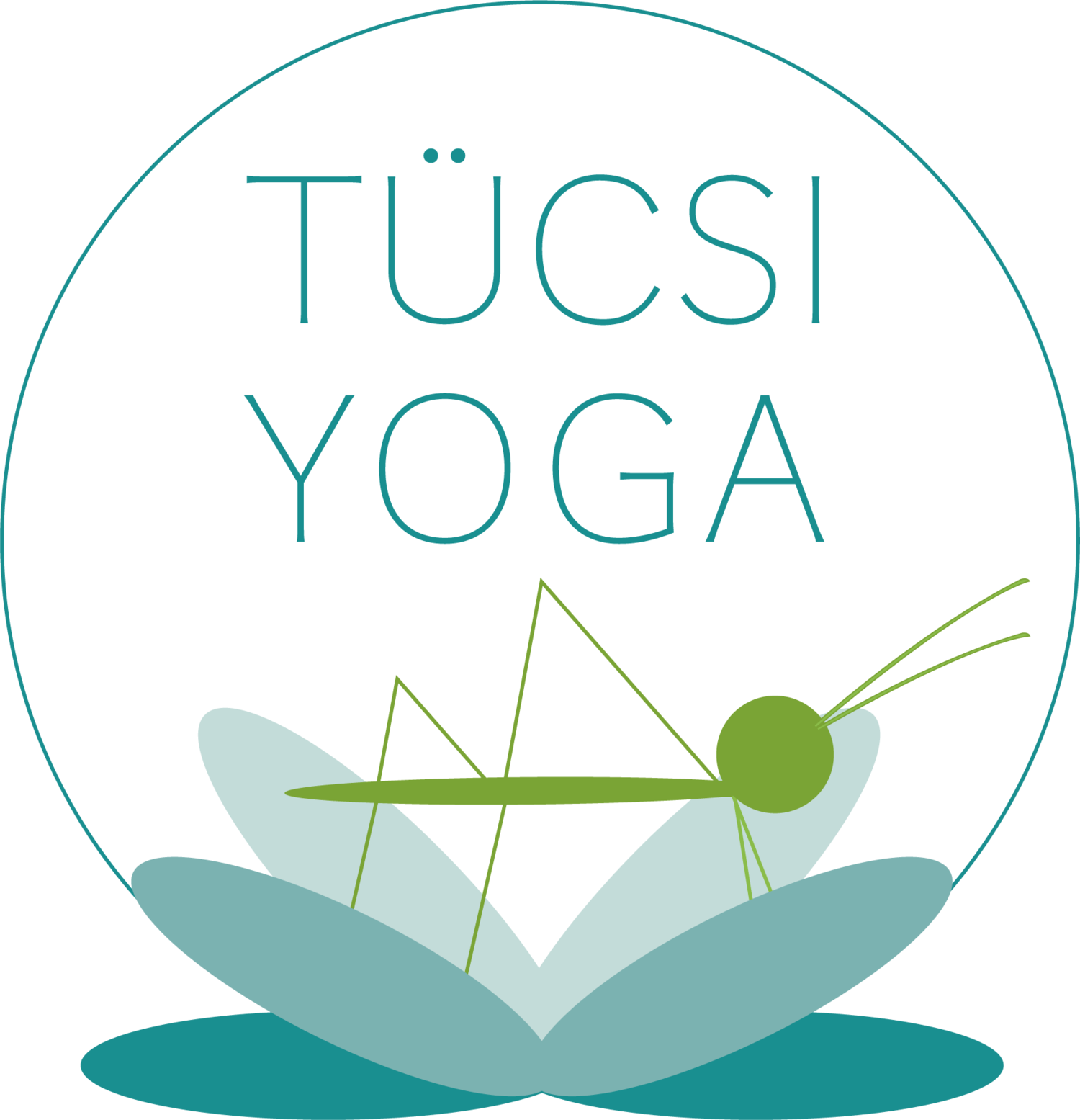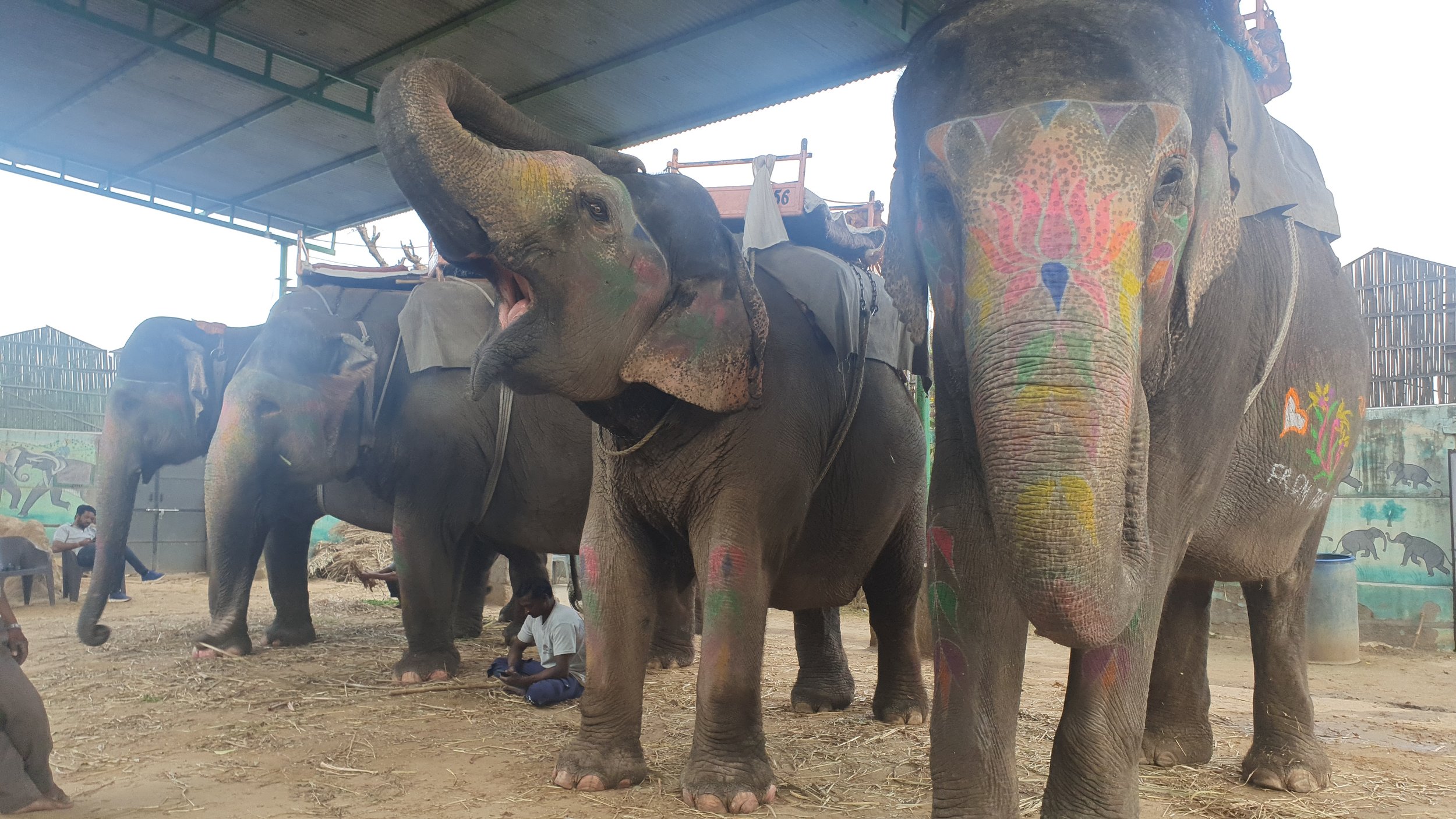
AUTUMN
Just as autumn trees shed their leaves, Saucha (Purity and Clarity) – teaches us to let go of what no longer serves us, keeping body and mind fresh and clear.
Autumn invites slowing down, noticing, and appreciating. Santosha (Contentment) – reminds us to find peace and joy in the present moment.
On the mat, this is gentle practice; off the mat, it’s kindness. Ahimsa (Non-violence / Kindness)– towards ourselves and others.
Like trees releasing their leaves, Aparigraha (Non-grasping / Letting Go) – teaches us to release attachment and live with openness and trust in life’s cycles.
These principles guide our practice beyond the mat, helping us move through autumn with clarity, compassion, and contentment.
The Warrior Within
Yoga philosophy is not just ancient text; it is a living story, if taken at its core, could be used during each posture, breath, and every moment of presence.
One such story that teaches us about balance, courage, and transformation is the myth behind the Warrior Pose — Virabhadrasana.
The Divine Family and the Sacred Fire
Long ago, King Daksha Prajapati hosted a grand yajna — a sacred fire ritual meant to uphold cosmic order.
His daughter, Sati, an incarnation of Shakti, was married to Shiva, the great yogi and lord of transformation.
Daksha did not accept Shiva and intentionally excluded him and Sati from the ritual.
Despite warnings, Sati attended, only to be humiliated by her father’s insult to Shiva.
In her heartbreak, she chose to leave her body, immolating herself in the sacred fire.
Shiva’s Wrath and the Birth of Virabhadra
Shiva’s grief erupted into cosmic fury. He tore a lock of hair and cast it to the ground.
From this sprang Virabhadra, a fierce warrior embodying Shiva’s power and purpose.
Virabhadra destroyed the sacrificial altar, humbled Daksha, and restored balance to the cosmos.
The Warrior Pose as Embodied Philosophy
The Warrior Poses today echo this story:
Warrior I/Virabhadrasana Eka: Rising from the earth with strength and openness.
Warrior II/Virabhadrasana Dvi : Grounded, steady, and focused gaze.
Warrior III/Virabhadrasana Trini: Balanced, purposeful forward movement.
These poses invite us to cultivate inner strength — to stand firm in life’s fires with presence and grace.
Reverse Warrior/Viparita Virabhadrasana
While not part of the original scriptures, Reverse Warrior tells its own sacred story.
If Warrior II is the warrior’s steady gaze, grounded in clarity...
Then Reverse Warrior is the inhale before the action.
The gathering of strength.
The raising of the sword — not to attack, but to align with truth.
The back arm falls gently, the front arm lifts toward the sky.
It’s a heart-opening, breath-holding moment.
The warrior pauses — not to react, but to act with purpose.
It is the choice to rise with awareness, not anger. It is the strength to feel fully before taking the next step
What This Philosophy Teaches Us
Strength is found in presence, not force.
Balance is created through breath and intention.
From loss and challenge, new energy arises.
The warrior within us is resilience, clarity, and compassionate courage.
Use this energy during your next yoga class to live this philosophy in your body, breath and asanas.
Strength Like an Elephant
The Philosophy of Eka Hasta Bhujasana & Ganesha’s Wisdom
Every posture holds a story — not just for the body, but for the soul.
Eka Hasta Bhujasana, also known as Elephant’s Trunk Pose, is one such shape:
It looks like physical strength — but underneath it, we find focus, trust, and quiet power.
This pose mirrors the energy of Ganesha, the elephant-headed deity known as the remover of obstacles and the guardian of sacred thresholds.
But Ganesha does more than clear your path —
sometimes, he places the stone, asks you to pause, and invites you to grow.
The Story of Ganesha
In the stories of old India, Parvati, goddess of creation, shaped a child from clay and breathed life into him.
She named him Ganesha, and asked him to guard her door.
When Shiva, her consort, returned and found a stranger barring his way, he acted in anger — unaware that this was his own son — and severed Ganesha’s head.
Parvati’s sorrow shook the heavens. To restore balance, Shiva sent his attendants to find a new head — and they returned with that of a powerful elephant.
Ganesha was reborn: strong, still, and wise.
He became Vighnaharta — the remover of obstacles —
and Satyadana — the truth-giver.
The Energy of Eka Hasta Bhujasana (Elephant’s Trunk Pose)
In this posture, one leg lifts and wraps over the arm like an elephant’s trunk.
The arms press down, the hips rise, and the body floats with quiet control.
It’s an arm balance — but more than that, it’s a discipline of energy.
You can’t force it. You have to draw inward. Feel the ground.
Let strength come from the center, not the surface.
Like the elephant, we move with strength and presence —
calm, wise, and fully aware of each step.
What Ganesha and the Pose Teach Us
True power is patient and precise.
Balance comes from breath, not just muscle.
Obstacles are teachers in disguise. You don’t rise by pushing — you rise by grounding.
This pose asks:
Can you stay focused without gripping?
Can you feel your center without collapsing?
Can you lift your body the same way you lift your energy — mindfully?
In Practice Eka Hasta Bhujasana is not about ego. It’s about awareness.
It challenges the physical body, yes — but even more, it trains your attention.
You learn to honor the breath, trust the process, and remember that…



